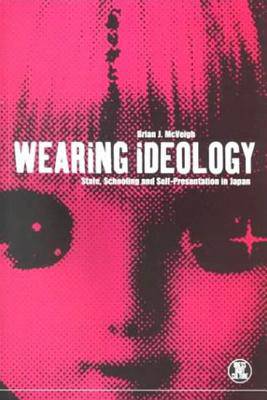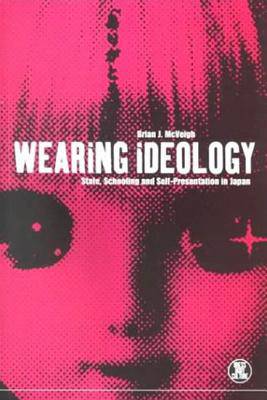
- Afhalen na 1 uur in een winkel met voorraad
- Gratis thuislevering in België vanaf € 30
- Ruim aanbod met 7 miljoen producten
- Afhalen na 1 uur in een winkel met voorraad
- Gratis thuislevering in België vanaf € 30
- Ruim aanbod met 7 miljoen producten
Zoeken
€ 79,95
+ 159 punten
Uitvoering
Omschrijving
Uniforms are not unique to Japan, but their popularity there suggests important linkages: material culture, politico-economic projects, bodily management, and the construction of subjectivity are all connected to the wearing of uniforms. This book examines what the donning of uniforms says about cultural psychology and the expression of economic nationalism in Japan. Conformity in dress is especially apparent amongst students, who are required to wear uniforms by most schools. Drawing on concrete examples, the author focuses particularly on student uniforms, which are key socializing objects in Japans politico-economic order, but also examines office ladies (secretaries), salary men (white collar workers), service personnel, and housewives, who wear a type of uniformed dress. Arguing that uniforms can be viewed as material markers of a life cycle managed by powerful politico-economic institutions, he also shows that resistance to official state projects is expressed by anti-uniforming modes of self
Specificaties
Betrokkenen
- Auteur(s):
- Uitgeverij:
Inhoud
- Aantal bladzijden:
- 244
- Taal:
- Engels
- Reeks:
Eigenschappen
- Productcode (EAN):
- 9781859734902
- Verschijningsdatum:
- 1/09/2000
- Uitvoering:
- Paperback
- Formaat:
- Trade paperback (VS)
- Afmetingen:
- 156 mm x 234 mm
- Gewicht:
- 344 g

Alleen bij Standaard Boekhandel
+ 159 punten op je klantenkaart van Standaard Boekhandel
Beoordelingen
We publiceren alleen reviews die voldoen aan de voorwaarden voor reviews. Bekijk onze voorwaarden voor reviews.











